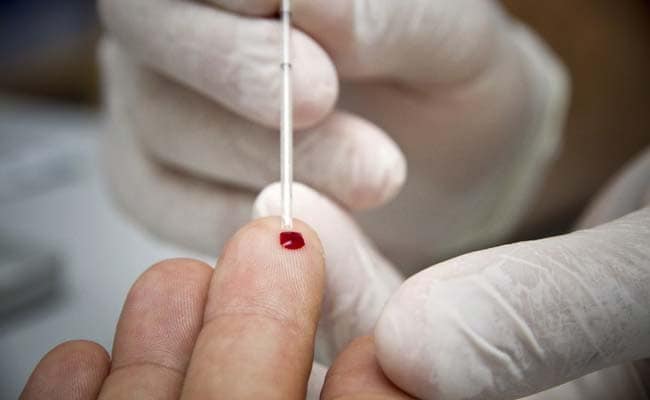
But the thing about HSV-1 and HSV-2 – the “bad” herpes – is that they’re very poorly understood by the general public, and even by some physicians. So if the headline above seemed shocking or offensive to you, we need to have a little chat. Because if you think that people with HSV are icky deviants covered in oozing sores, you’ve got a lot to learn — and you could very well be ignoring your own HSV status.

Here’s what you need to know about the WHO’s recent findings:
1. Yes, pretty much everyone has herpes — and more and more of it is genital.
HSV-1 is known for causing cold sores — not “real” herpes, the STI that can cause sores around the genitals. This used to be pretty much true. In the past, most of the people who had HSV-1 got it as children, via dry smooches from infected aunties and the like.
But as people gained awareness of the contagious nature of cold sores, they became more cautious about exposing young children to a skin outbreak. That means more and more of us get to adulthood without any HSV immunity.
On the one hand, that makes the younger generation more susceptible to HSV-2 – one won’t 100 per cent protect you from contracting the other, but they have some antibodies in common.
On the other hand, it means that more and more people get their first exposure to HSV-1 not through kissing, but through oral sex. And even though HSV-1 prefers to live in mouths and HSV-2 prefers to live in genitals, they’re capable of swapping neighborhoods in a pinch. So considerate young lovers with HSV-1 can unwittingly spread genital herpes.
Meanwhile, another 417 million folks in the same age group have HSV-2 itself. One study of New York City (from 2008) suggests that urban rates may be much higher: That survey found that more than 25 percent of the people they tested had HSV-2, with especially high rates for women (36 percent) and non-hispanic black women (80 percent).
2. Anyone can get it
Herpes is a virus that’s spread by skin-to-skin contact. Specifically, it’s spread when a carrier sheds skin cells containing the virus and they come into contact with an opening in another’s skin, either by way of a mucus membrane or an injury, however small. So even sex with a condom can spread herpes, though condom use does cut risk significantly.
Once herpes infects a new host, it travels along nerve cells to live dormant in their roots. For most HSV carriers, that’s the end of the story. Most people with HSV never have any symptoms. If they do, they’re often quite mild – tiny eruptions of the skin that could be mistaken for ingrown hairs. Cold sores and other herpetic blisters can be painful, and some HSV carriers will have frequent outbreaks, but this isn’t the case for most people.
Unfortunately, the shedding of viral cells – and therefore the transmission of the disease to others – is possible even without symptoms.
The biggest concern is that HSV-2 and HIV have an unusual relationship, with one virus seemingly making it easier to contract the other. And those who are immunocompromised because of AIDS will obviously have an atypically unpleasant host of HSV symptoms. So avoiding HSV exposure is especially important for those with HIV and AIDS, and using condoms to avoid HIV exposure is incredibly important for those already diagnosed with HSV.
3. If you have it, you almost certainly don’t know
Most physicians won’t test for HSV unless a patient is exhibiting symptoms. If you’ve walked into an STI clinic and asked to be tested for “everything” — well, hate to break it to you, but HSV probably wasn’t on the menu. In the previously mentioned New York study, 90 percent of HSV-2 positive patients had never had symptoms and never been tested.
4. People with HSV can keep their partners from getting it
Here’s the good news: People with HSV-1 and HSV-2 don’t have to be afraid of sex. Current research suggests that women with genital HSV who aren’t having active outbreaks run a 4 percent risk of transmitting the virus to a male partner during intercourse.
Men carry a 10 percent risk of transmitting to a female. Condoms cut the risk in half. According to research, the use of daily antiviral therapy can cut the risk in half again, bringing it down to 1 percent and just over 2 percent, respectively. Needless to say, that’s a pretty low risk.
There’s less research on how easy it is to keep your oral HSV-1 from turning into someone else’s genital HSV-1, but being honest with your partners, using protection, and avoiding contact during outbreaks is always a safe bet.
Source: NDTVworld






